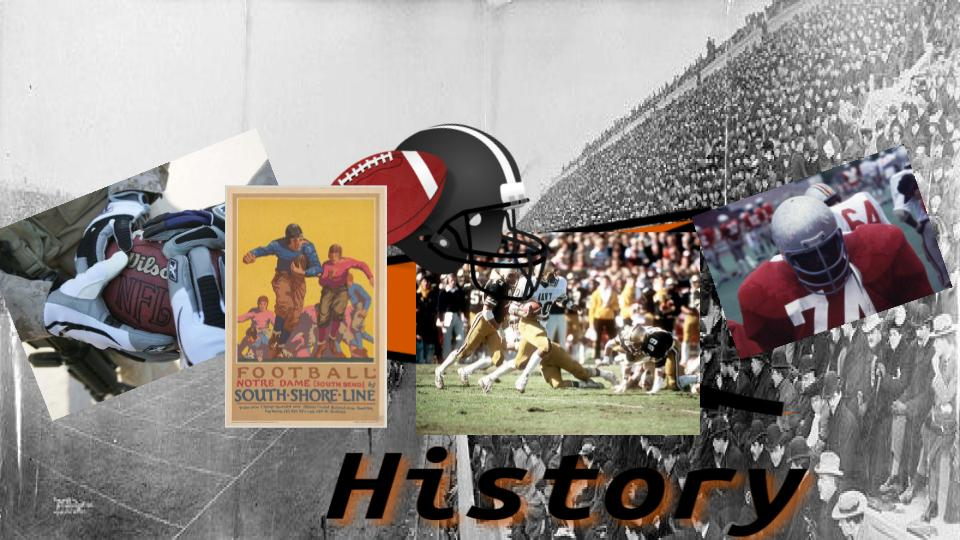A select few NFL players are selected to be enshrined in the Pro Football Hall of Fame in Canton, Ohio. This museum and its content stands as a monument to the gridiron greats, their enshrinement a testament to their lasting impact on the sport.
By honoring these legends, we gain a deeper appreciation for the history and evolution of professional football. Each Hall of Famer represents a specific era, their stories chronicling the game's transformation from its rugged beginnings to the modern marvel it is today. From the early days of Vince Lombardi's coaching genius to the aerial acrobatics of Joe Montana, these players embody the innovation and athletic development that have shaped the game. By celebrating their achievements, we celebrate the rich tapestry of professional football, ensuring that the incredible feats of the past continue to inspire future generations. We are proud to help the Hall to salute these gridiron greats with bios and stories of what made them special in the arena of football history and their impact on the game.





